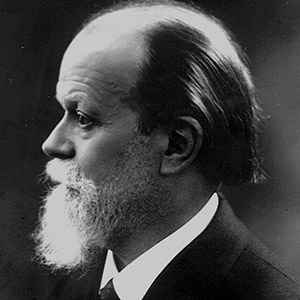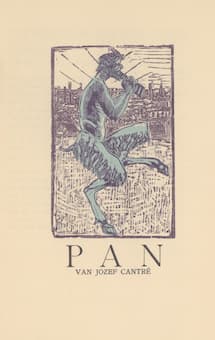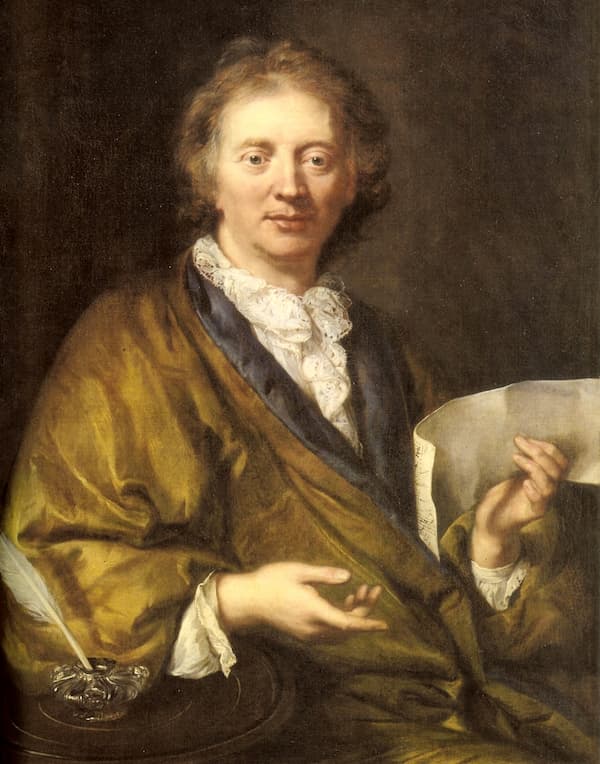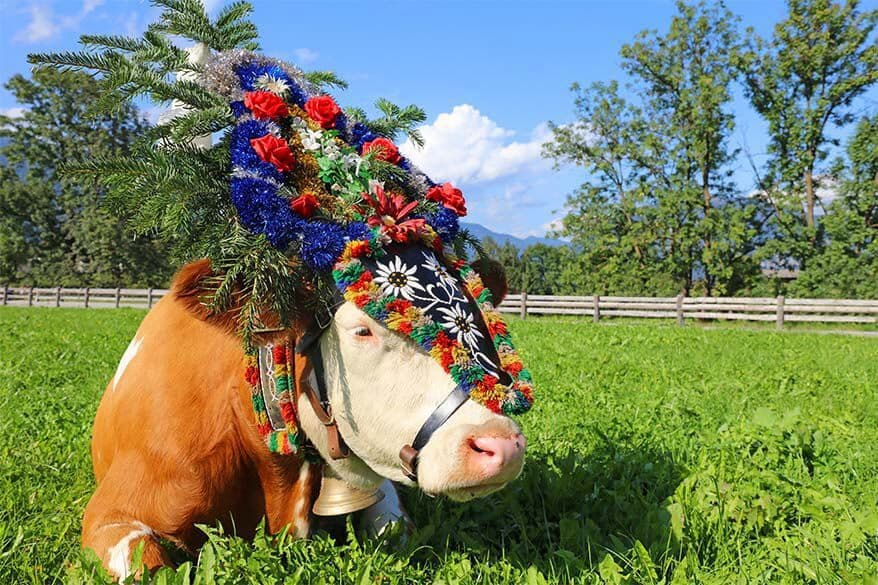
Jules Mouquet
Jules Mouquet (1867-1946) studied at the Paris Conservatoire and after winning the Prix de Rome in 1896, became a professor at the Conservatoire in 1913.
In the early 20th century, Mouquet wrote his lovely flute sonata, La Flûte de Pan. It shows his late Romantic and Impressionism influences, particularly in its choice of subject matter. The ancient Greek god of the mountains, the shepherds and their flocks, with his nymph followers, Pan, was always shown with his pan flute. Half goat and half man, like a satyr, with his human head adorned with little horns, Pan has an association not only with the wild but also with music.

Cantré: Pan (1914)
In his sonata, Mouquet presents us with three scenarios: Pan and the Shepherds, Pan and the Birds, and Pan and the Nymphs.
Pan and the Shepherds takes us up into the hills. In the score, a small poem is presented:
O Pan qui habites la montagne, chante nous | Oh Pan living in the mountain, for us |
de tes douces lèvres une chanson, chante nous | with your sweet lips sing a song, sing it |
la en t’accompagnant du roseau pastoral. | for us accompanied by the shepherd’s pipe. |
Mouquet gives us 2 different musical themes, the first is rhythmic and playful and gives us a picture of the mountain rising above and the shepherd moving his flocks. The second theme, marked ‘Dolce e pastorale,’ gives us Pan and his pipes – sweetly singing.

Price: The Great God Pan
Jules Mouquet: Flute Sonata, Op. 15, “La Flute de Pan” – I. Pan et les bergers (Sofia de Salis, flute; Elina Kachalova, piano)
The second movement also begins with another epigram:
Assis à l’ombre de ce bois solitaire | Seated in the shade of this lonely wood |
ô Pan, pourquoi, tires tu de ta | Oh Pan, how come you draw from your |
flûte, ces sons délicieux? | pipe such lovely sounds? |
Now we have a dialogue between Pan and the birds. The music becomes pensive, perhaps reflecting the solitude of our little god in the lonely woods, with only the birds to sing to.
Jules Mouquet: Flute Sonata, Op. 15, “La Flute de Pan” – II. Pan et les oiseaux (Sofia de Salis, flute; Elina Kachalova, piano)
Plato is the source for the epigram for the last movement:
Silence, grotte ombragée de chênes! Silence, fontaines qui jaillissez du rocher! Silence, brebis qui bêlez près de vos petits! Pan lui même sur sa flûte harmonieuse chante, ayant mis ses lèvres humides sur ses pipeaux assemblés. Autour de lui d’un pied lèger, dansent en chœur les Nymphes des eaux et les Nymphes des bois.
Silence, shady oaken glades! Silence, fountains sprouting from the rocks! Silence, sheep bleating near your young! Pan himself sings with his harmonious pipe, he has placed his moist lips on the set of reeds. Lightly treading around him, the water Nymphs and wood Nymphs dance together.
The nymphs dance and Pan provides the accompaniment and thereby mixes the nymphs’ personification of nature with the god of the wild. The dance sections are interrupted by languorous sections of sleep or passion before the dance starts again.
Jules Mouquet: Flute Sonata, Op. 15, “La Flute de Pan” – III. Pan et les nymphes (Sofia de Salis, flute; Elina Kachalova, piano)
As a virtuoso platform for the flute, La Flûte de Pan, gives the performer an extended stage for showing what the instrument and the player can do. Originally written for flute and piano, the work was reorchestrated for flute and orchestra, which casts rather a different feeling about the work. For example, in the last movement, the orchestra can do much more with colour, but at the same time, the flute has to fight harder to be heard.

Bouguereau: Nymphs and Satyr (Pan) (1873)
Jules Mouquet: La Flûte de Pan, Op. 15 – III. Pan et les nymphes (Manuela Wiesler, flute; Helsingborg Symphony Orchestra; Philippe Auguin, cond.)
The French Flute School that came out of the Paris Conservatoire, either from the influence of Paul Taffanel or from other flautists, was very important from the late 19th through the mid-20th century. Taffanel was important for bringing the flute back into the mainstream, and for bringing older musical styles into French musical culture. Mouquet’s contribution, although on the light side, shows how the flute in France became a powerhouse instrument. Mouquet’s Flute Sonata is called one of the most famous sonatas by a composer who is otherwise unknown.
For more of the best in classical music, sign up to our E-Newsletter


